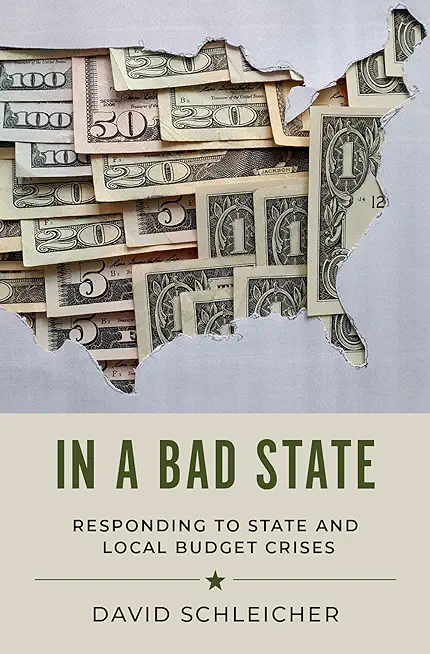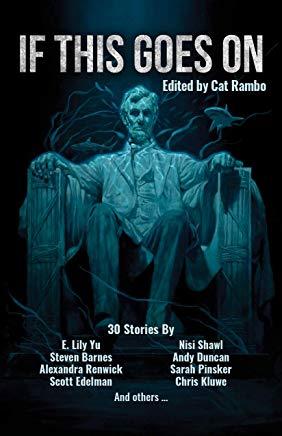
description
he long history of federal responses to state and local budget crises, from Alexander Hamilton through the COVID-19 pandemic, that reveals what is at stake when a state or city can't pay its debts and provides policy solutions to an intractable American problem.
What should the federal government do if a state like Illinois or a city like Chicago can't pay its debts? From Alexander Hamilton's plan to assume state debts to Congress's efforts to respond to the COVID-19 pandemic, many of the most important political disputes in American history have involved federal government responses to state or local fiscal crises. In a Bad State provides the first comprehensive historical and theoretical analysis of how the federal government has addressed subnational debt crises. Tracing the long history of state and local borrowing, David Schleicher argues that federal officials want to achieve three things when a state or city nears default: prevent macroeconomic distress, encourage lending to states and cities to build infrastructure, and avoid creating incentives for reckless future state budgeting. But whether they demand state austerity, permit state defaults, or provide bailouts-and all have been tried-federal officials can only achieve two of these three goals, at best. Rather than imagining that there is a single easy federal solution, Schleicher suggests some ways the federal government could ameliorate the problem by conditioning federal aid on future state fiscal responsibility, spreading losses across governments and interests, and building resilience against crises into federal spending and tax policy. Authoritative and accessible, In a Bad State offers a guide to understanding the pressing fiscal problems that local, state, and federal officials face, and to the policy options they possess for responding to crises.
What should the federal government do if a state like Illinois or a city like Chicago can't pay its debts? From Alexander Hamilton's plan to assume state debts to Congress's efforts to respond to the COVID-19 pandemic, many of the most important political disputes in American history have involved federal government responses to state or local fiscal crises. In a Bad State provides the first comprehensive historical and theoretical analysis of how the federal government has addressed subnational debt crises. Tracing the long history of state and local borrowing, David Schleicher argues that federal officials want to achieve three things when a state or city nears default: prevent macroeconomic distress, encourage lending to states and cities to build infrastructure, and avoid creating incentives for reckless future state budgeting. But whether they demand state austerity, permit state defaults, or provide bailouts-and all have been tried-federal officials can only achieve two of these three goals, at best. Rather than imagining that there is a single easy federal solution, Schleicher suggests some ways the federal government could ameliorate the problem by conditioning federal aid on future state fiscal responsibility, spreading losses across governments and interests, and building resilience against crises into federal spending and tax policy. Authoritative and accessible, In a Bad State offers a guide to understanding the pressing fiscal problems that local, state, and federal officials face, and to the policy options they possess for responding to crises.
member goods
No member items were found under this heading.
Return Policy
All sales are final
Shipping
No special shipping considerations available.
Shipping fees determined at checkout.







